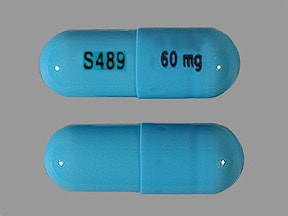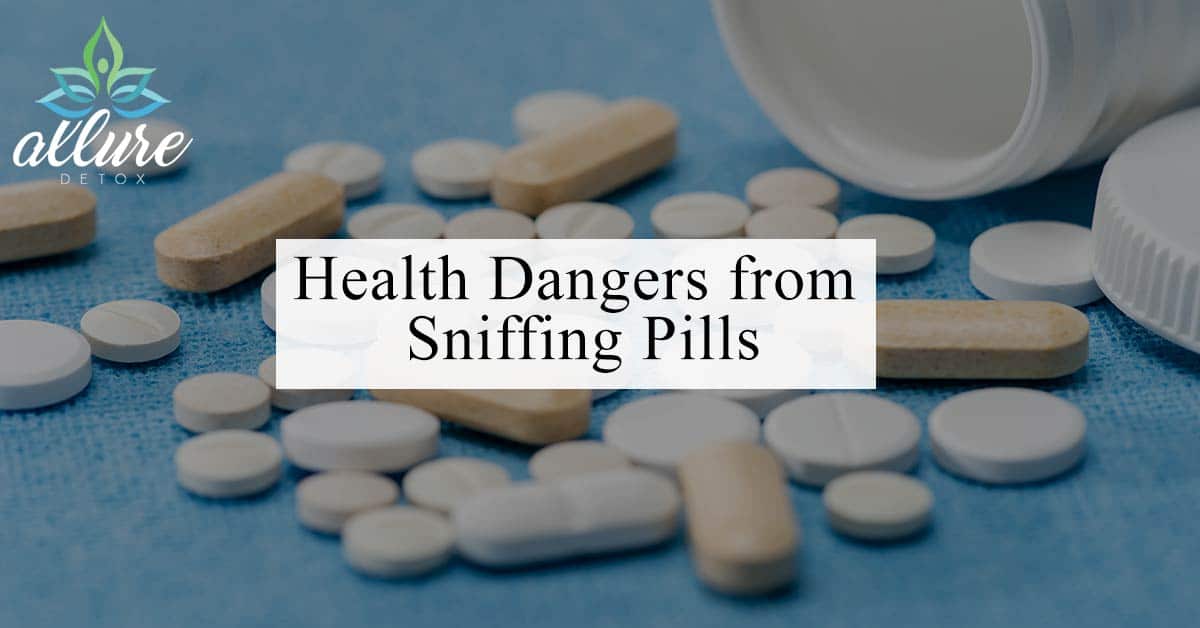
Professionally-supervised treatment for Amphetamine use disorder starts with our detox program, a clinical process in the which the individual is monitored 24/7 and medication is rendered to reduce some symptoms of withdrawal.įollowing discharge, patients are encouraged to seek admission to one of our addiction treatment programs, which include both inpatient and intensive outpatient (IOP) therapy formats. Failure to seek help, however, can be life-threatening and receipt of treatment as soon as possible is critical to long-term sobriety.

People who abuse prescription amphetamines often falsely believe that they are less dangerous than illicit drugs such as methamphetamine and minimize the severity of their addiction. Getting Help – From Detox to Addiction Treatment and Beyond Symptoms of Adderall withdrawal may include but are not limited to the following: Symptoms of withdrawal can linger for several days after the user’s last dose, their severity affected by factors related to the user’s frequency and duration of use. Subsequently, efforts to decrease drug use or to stop using altogether result in extremely uncomfortable and sometimes painful physical and emotional side effects, also known as withdrawal symptoms. Over time, the person’s central nervous system is “hijacked” by Adderall, and is much less able to function normally without drug use. As a result, the user then requires increasing amounts of the drug to achieve the desired feelings to which he/she is used. Tolerance increases as the user’s brain becomes less sensitive to the drug’s presence and potential for impact. When Adderall is abused on a continual basis, tolerance and dependency start to develop. Adverse changes or problems in other areas of life such as work, school, relationships, and financial status.The use of Adderall in dangerous or improper situations.Loss of interest in activities and interests once considered enjoyable.Continued drug use despite undesirable physical and psychological effects.Signs and symptoms of Adderall addiction include, but are not limited to the following: Snorting Adderall: Tolerance, Dependency, and AddictionĪdderall, like all amphetamines, has a high potential for abuse, dependency, and overdose. It is this action that essentially becomes the catalyst for the drug’s psychoactive and addictive nature. Rapid absorption then results in a massive release of “feel good” chemicals that lead to excessive energy and euphoric-like effects. Here, Adderall works on neurotransmitters (chemical messengers) such as serotonin and dopamine. For Adderall abusers, intranasal use is sometimes preferred due to the especially intense, fast delivery to the brain. It is classified as a central nervous system (CNS) stimulant and is often abused due to its cocaine-like effects such as increased energy, attention, alertness, and euphoria. Adderall is prescribed as a tablet intended for oral use, but when abused for recreational purposes, it can be crushed into a powder and the remaining product snorted into the nasal passage. Snorting drugs also gets them into the bloodstream faster, so they bind to brain receptors more rapidly.Īdderall is a prescription amphetamine used to treat attention-deficit hyperactivity disorder and narcolepsy.

Some people may crush these drugs and snort them as a method of consuming a lot of Adderall very quickly.

Snorting Adderall – Stimulants like Adderall are subject to abuse. Recovery By The Sea 2801 SE Martin Square Corporate Pkwy Stuart, FL 34994.Substance Abuse Partial Hospitalization.Substance Abuse Treatment / Levels of Care Menu Toggle.“I highly commend Recovery in Tune therapists and ALL staff members, case managers, house supervisors, for going beyond in their support for treating my son.


 0 kommentar(er)
0 kommentar(er)
